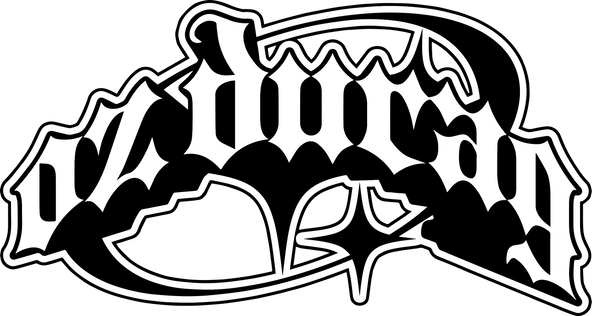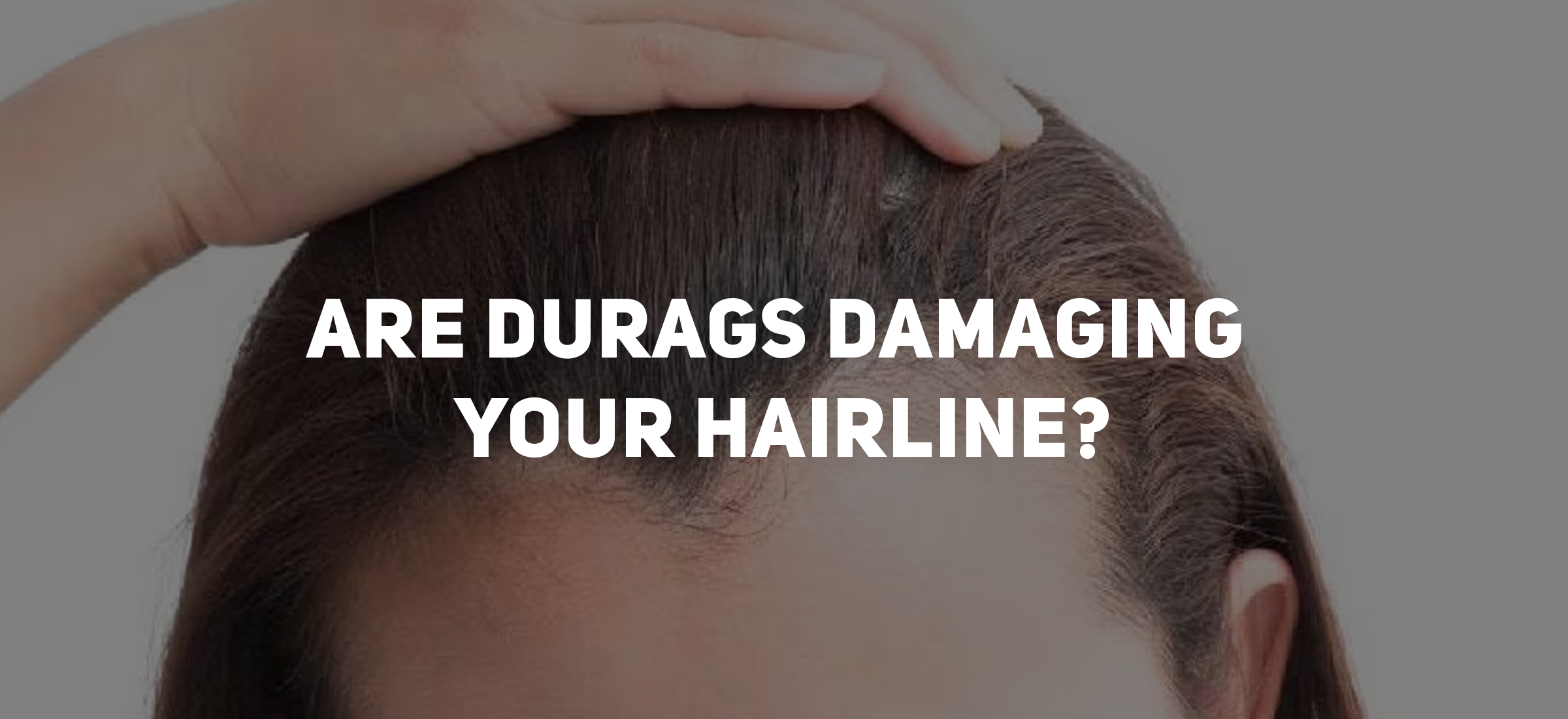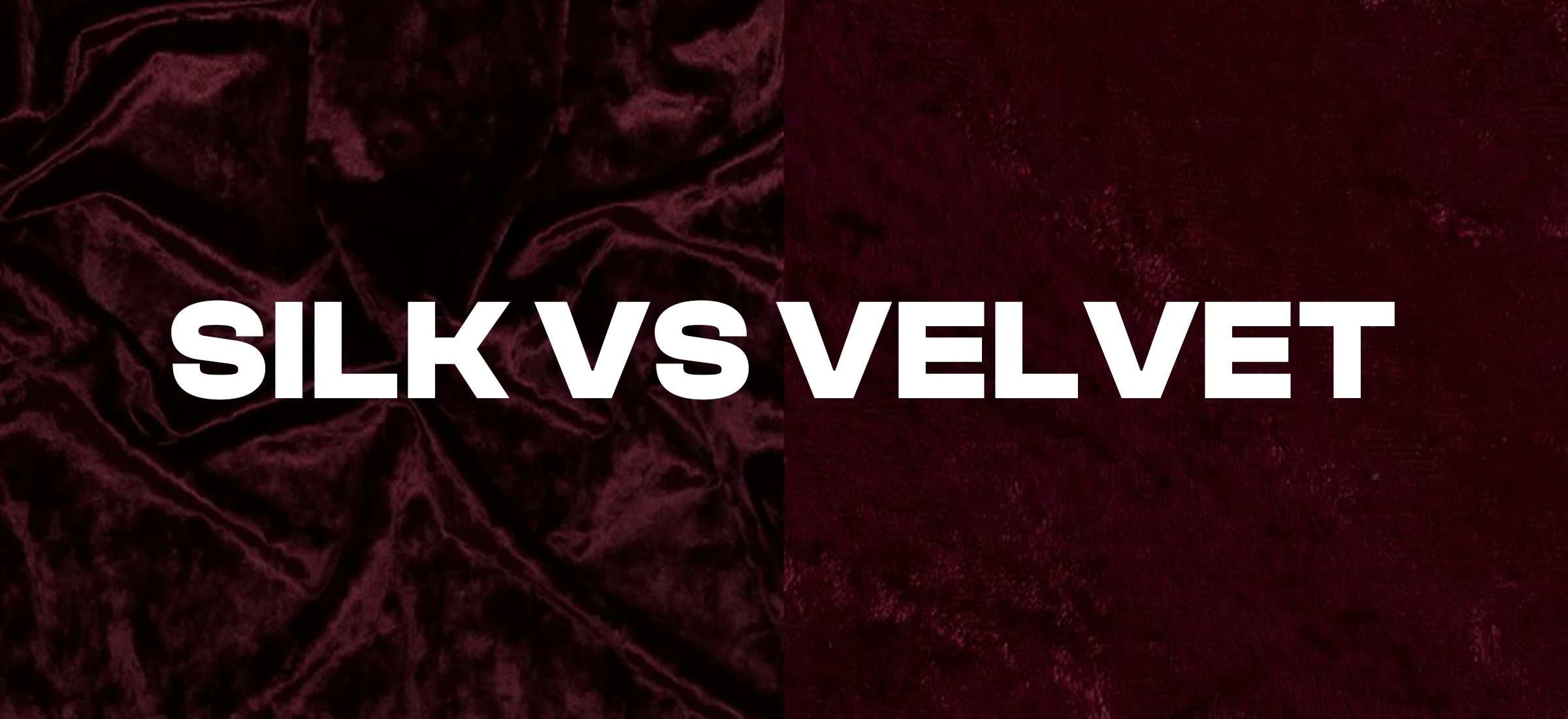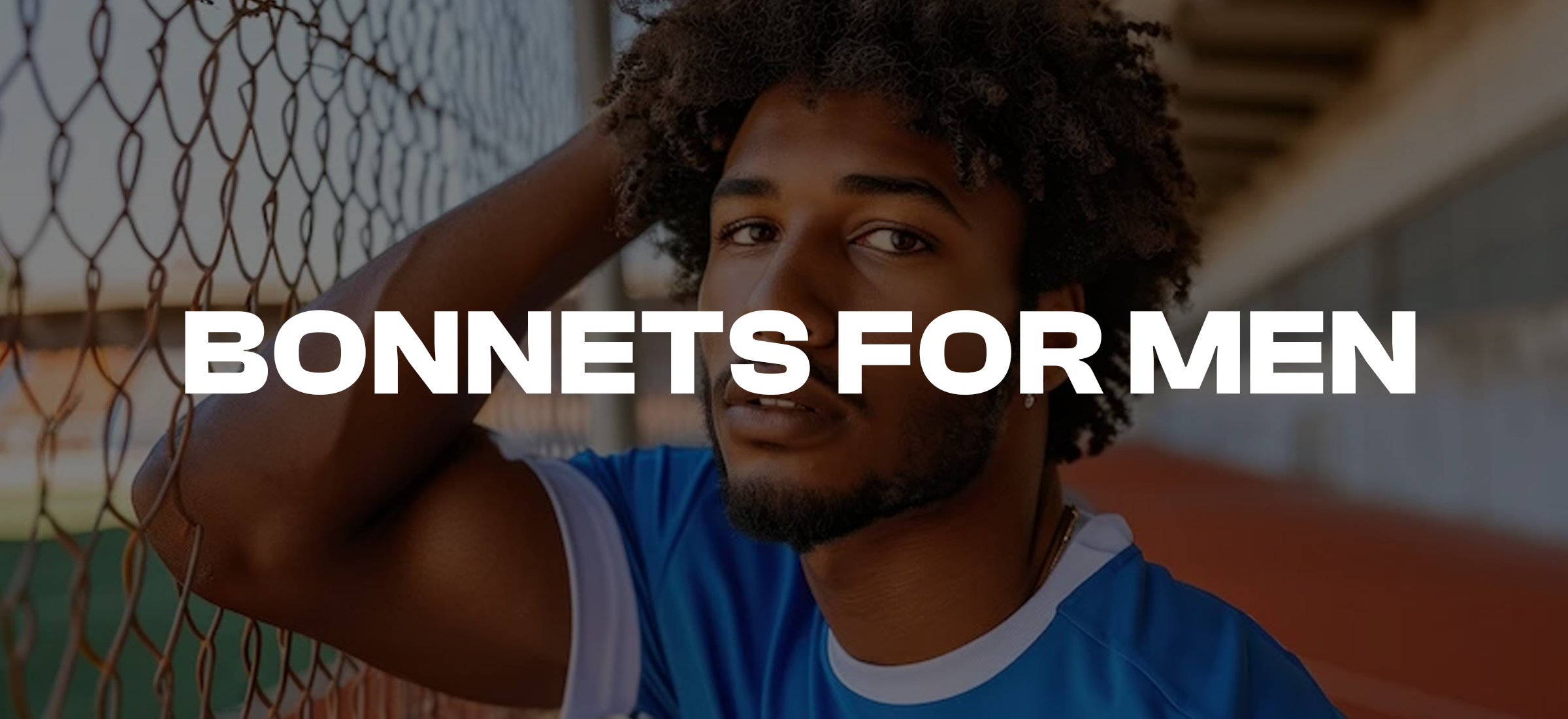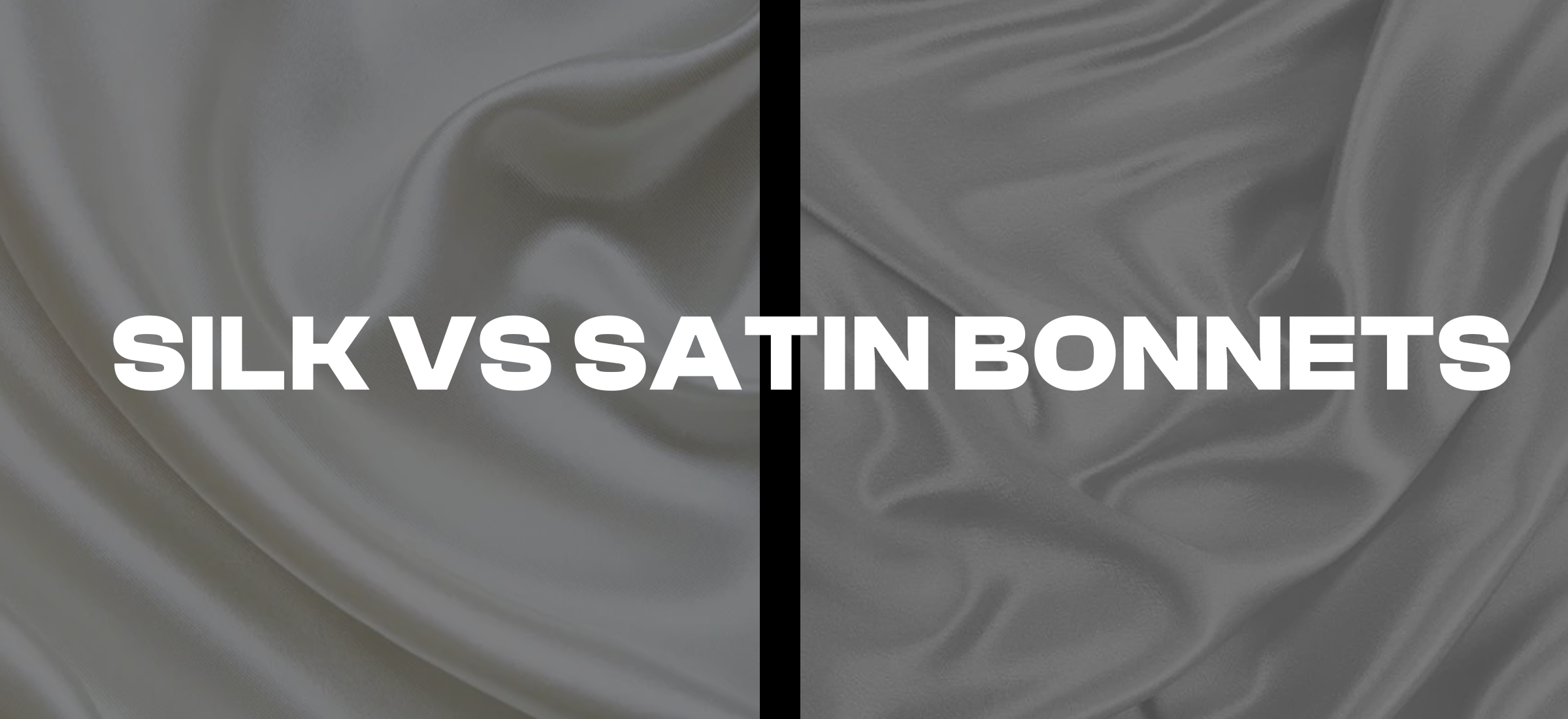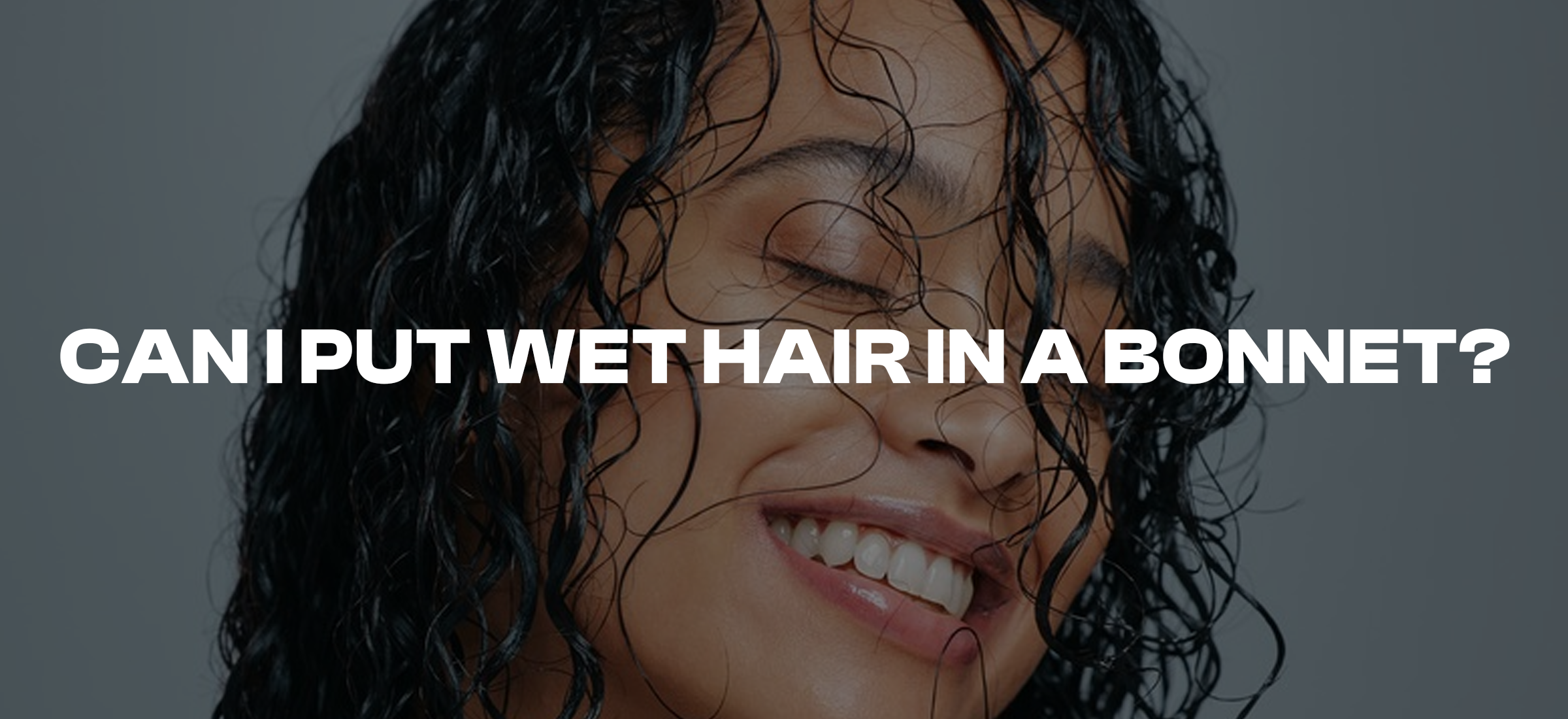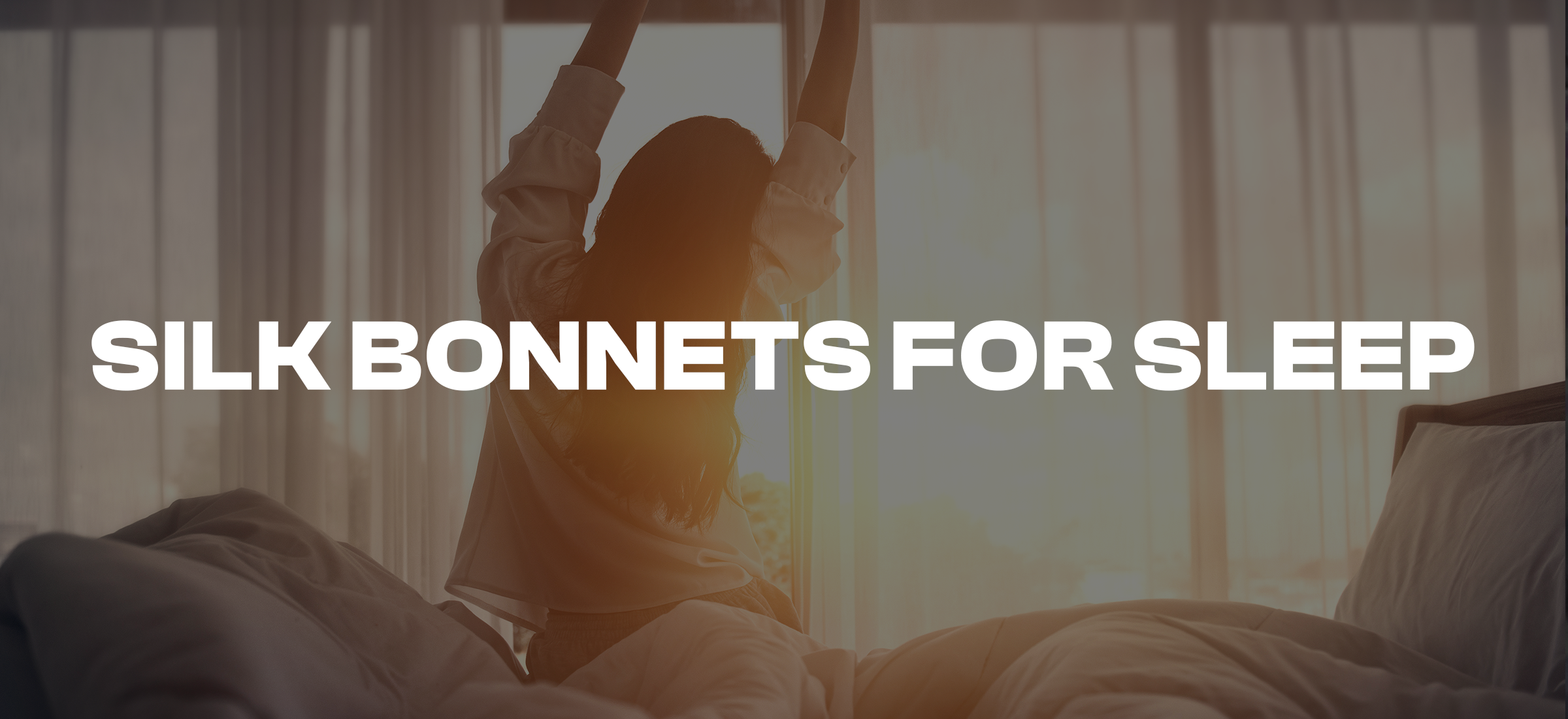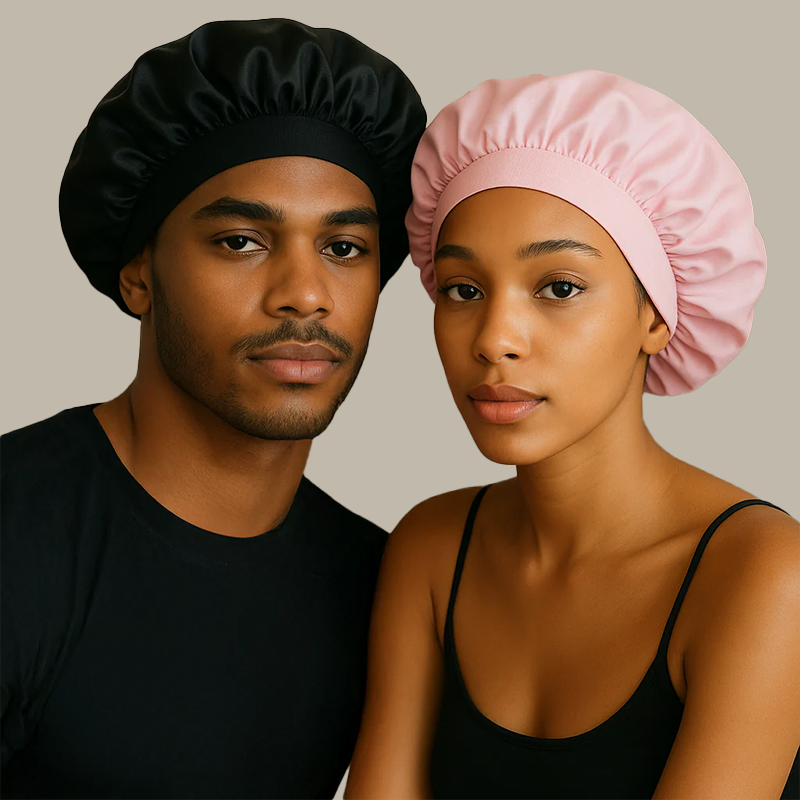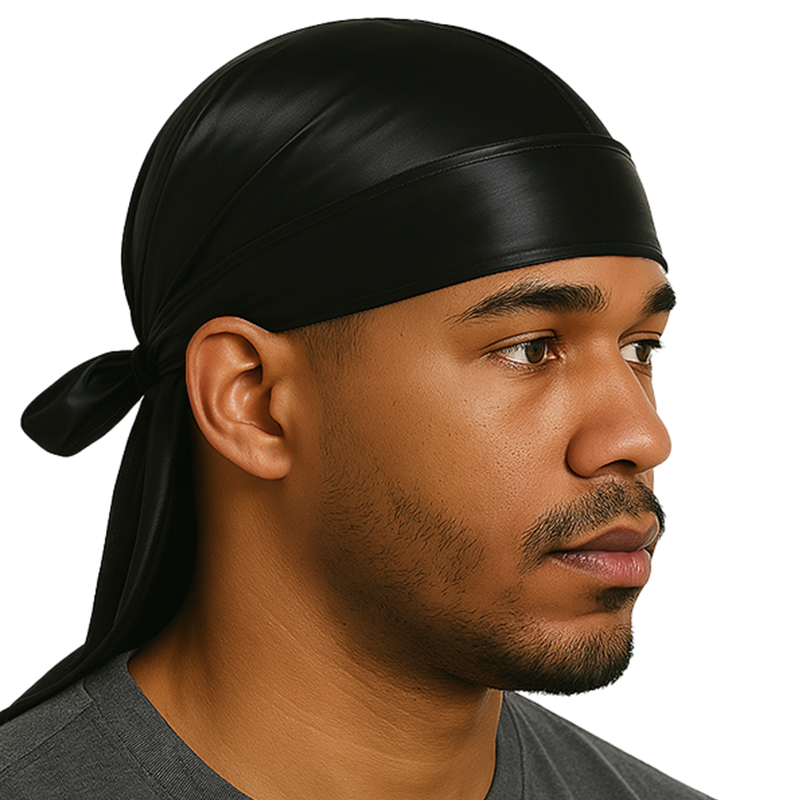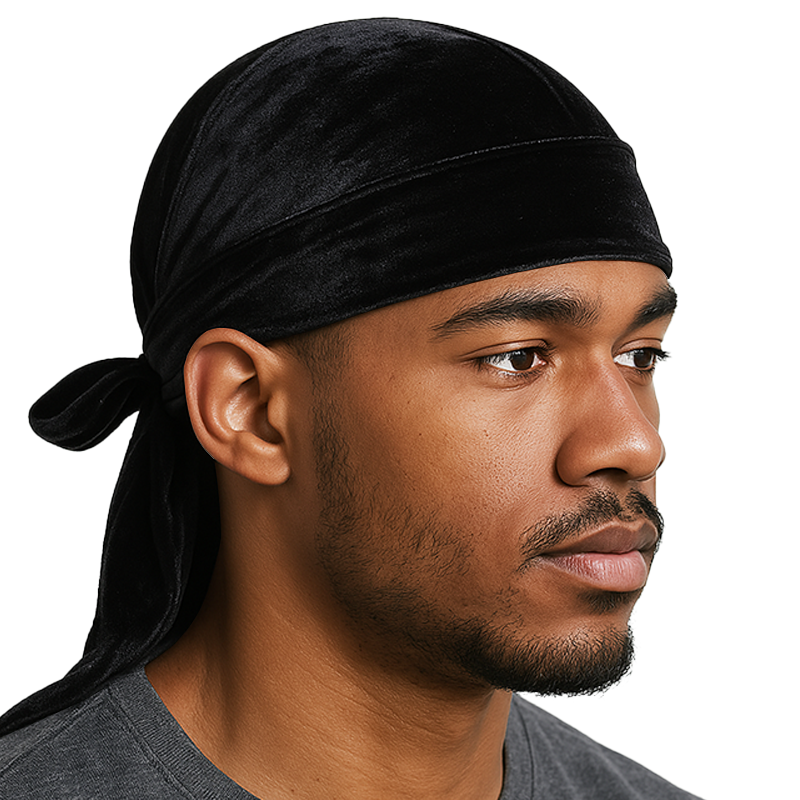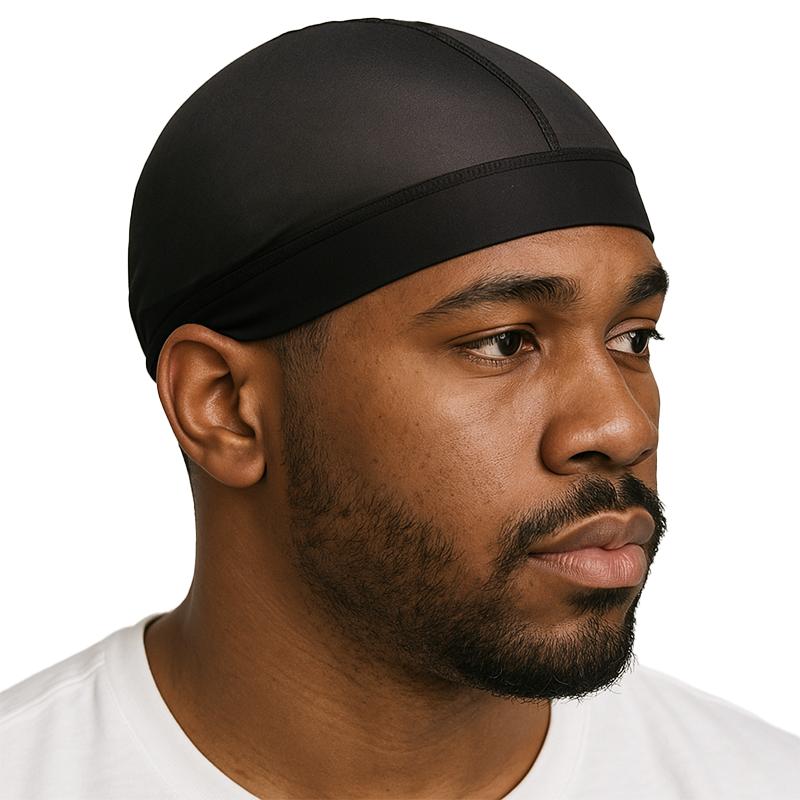Durags have been a staple in the black community for decades. They have been used as a fashion statement and as a tool to maintain hairstyles. However, there has been a growing concern about whether durags are bad for your hairline. In this article, we will explore the relationship between durags and hairline health.
Understanding durags is essential in determining their impact on hairline health. Durags are made of different materials such as silk, nylon, and polyester. They are designed to keep hair in place and prevent it from getting frizzy. Durags are also used to maintain hairstyles such as waves and braids. However, improper usage of durags can lead to hairline damage.
Hairline health is crucial for maintaining healthy hair. A receding hairline can be caused by various factors such as genetics, stress, and improper hair care. Durags can also contribute to hairline damage if not used correctly. In the next section, we will explore the impact of durags on hairline health and provide tips on how to prevent hairline damage.
Key Takeaways
- Durags can contribute to hairline damage if not used correctly.
- Proper usage of durags is essential in maintaining hairline health.
- Preventative measures such as using a satin or silk durag and avoiding tight tying can reduce hairline damage.
Understanding Durags
Durags are a type of headwear that has been around for decades. They are commonly worn by people of African descent, but they have become popular among people of all races and ethnicities. In this section, we will take a closer look at the purpose of durags and their historical context.
Purpose of Durags
Durags are primarily used to protect hair from damage caused by friction with pillows and bed linen. They are also used to keep hair in place and prevent it from getting tangled or matted. Durags are made of a variety of materials, including silk, satin, and polyester. The material used can affect the level of protection and comfort provided by the durag.
Durags are also used to create and maintain waves or curls in hair. This is achieved by applying hair products such as pomade or hair grease, and then tying the durag tightly around the head. The pressure from the durag helps to lay the hair down, creating a wave or curl pattern.
Historical Context
Durags have a rich history in African American culture. They were first worn by slaves in the United States as a way to keep their hair clean and protected from the elements. Durags were also worn by black soldiers during World War II to keep their helmets from rubbing against their hair.
In the 1960s and 1970s, durags became popular among black men as a fashion statement. They were often worn with suits or other formal attire. Durags also became associated with hip hop culture in the 1980s and 1990s, with rappers such as LL Cool J and Tupac Shakur wearing them in music videos and concerts.
In recent years, durags have become more mainstream, with people of all races and ethnicities wearing them for various reasons. Despite their popularity, there is some controversy surrounding durags and their impact on hair health. In the next section, we will explore this topic in more detail.
Hairline Health
When it comes to hair care, maintaining a healthy hairline is just as important as keeping the rest of your hair healthy. Durags have been a popular hair accessory for many years, but there is some concern about whether they are bad for your hairline. In this section, we will explore the effects of durags on hair growth and the potential for damage.
Effects on Hair Growth
Durags are often worn to help maintain hairstyles, protect hair from breakage, and promote hair growth. However, there is some debate about whether durags can actually promote hair growth or if they can have the opposite effect. Some people believe that durags can cause hair loss by pulling on the hairline or causing friction against the scalp.
While there is no scientific evidence to support these claims, it is important to be mindful of how tight you tie your durag and how often you wear it. Tying your durag too tightly can cause tension on the hairline, which can lead to hair breakage and even hair loss over time. It is also important to take breaks from wearing a durag to allow your scalp to breathe and prevent any potential damage.
Potential for Damage
In addition to the potential for hair loss, durags can also cause other types of damage to the hairline. For example, wearing a durag too often can lead to a buildup of sweat and oil on the scalp, which can clog hair follicles and lead to scalp irritation. This can cause the hairline to become itchy, red, and inflamed, which can further damage the hair follicles and lead to hair loss.
To prevent potential damage from durags, it is important to wash your hair and scalp regularly to remove any buildup of sweat and oil. You should also avoid tying your durag too tightly and take breaks from wearing it to allow your scalp to breathe. Additionally, it is important to choose a durag made from a soft and breathable material to minimize the risk of irritation and damage to the hairline.
Overall, while durags can be a useful tool for maintaining hairstyles and promoting hair growth, it is important to be mindful of their potential effects on the hairline. By taking the necessary precautions, you can ensure that your hairline stays healthy and strong.
Proper Usage of Durags
When it comes to using durags, there are a few things we should keep in mind to ensure that our hairline remains healthy and intact. In this section, we will discuss the proper usage of durags, including choosing the right material, tying techniques, and frequency and duration of wear.
Choosing the Right Material
The material of the durag is an essential factor to consider when purchasing one. Cotton is a popular choice due to its breathability and softness. However, some people may prefer silk or satin durags due to their smooth texture and ability to retain moisture. It's important to note that the material of the durag should not be too tight or cause irritation to the scalp, which can lead to hair loss.
Tying Techniques
The way we tie our durags can also affect our hairline. It's important to avoid tying the durag too tight, as this can cause tension on the hairline and lead to breakage. Instead, we should tie the durag snugly but not too tight, ensuring that it covers the entire head and hairline. We can also experiment with different tying techniques, such as the 360 wave method or the low cut method, to find the one that works best for us.
Frequency and Duration of Wear
Wearing a durag for an extended period can also cause damage to the hairline. We should avoid wearing durags for more than 8 hours a day and take breaks in between to allow the scalp to breathe. It's also important to wash the durag regularly to prevent the buildup of dirt and oil, which can lead to scalp irritation and hair loss.
In conclusion, proper usage of durags is essential to maintaining a healthy hairline. We should choose the right material, tie the durag correctly, and limit the duration and frequency of wear to avoid hair loss and damage.
Preventative Measures
Maintaining Healthy Hairline
To prevent hairline damage, it is essential to maintain a healthy hair care routine. This includes regularly washing and conditioning your hair, avoiding excessive heat styling, and minimizing the use of hair products that contain harsh chemicals. Additionally, it is essential to avoid tight hairstyles that pull on the hairline, such as tight braids or ponytails.
Alternatives to Durags
If you are concerned about the potential negative effects of wearing a durag on your hairline, there are several alternatives that you can try. One option is to use a satin or silk pillowcase, which can help reduce friction and prevent hair breakage while you sleep. Another alternative is to wear a satin or silk scarf or bonnet at night to protect your hair.
If you prefer to wear a head covering during the day, consider using a satin or silk-lined cap or hat, which can help reduce friction and prevent hair damage. Alternatively, you can try using a hair wrap or headband made from a soft, stretchy material that won't pull on your hairline.
By taking these preventative measures, you can help maintain a healthy hairline and reduce the risk of hair damage and breakage.
Expert Opinions
Dermatologists' Insights
We reached out to several dermatologists to get their professional opinion on whether durags are bad for your hairline. According to Dr. Jane Smith, a board-certified dermatologist, "Wearing a durag too tightly can cause traction alopecia, which is hair loss caused by pulling on the hair follicles. This can lead to a receding hairline, especially if worn consistently over a long period of time."
Dr. John Doe, another dermatologist, added that "Durags can also cause acne and folliculitis, which is an inflammation of the hair follicles. This is because the tight-fitting material traps sweat and oil against the scalp, creating a breeding ground for bacteria."
Haircare Professionals' Advice
We also spoke with several haircare professionals to get their take on the subject. According to celebrity hairstylist, Sarah Jones, "Durags can be beneficial for protecting your hair while you sleep, but it's important to not wear them too tightly. This can cause tension on the hairline and lead to breakage and hair loss."
Hairstylist, Michael Brown, recommends using a silk or satin durag instead of a cotton one. "Silk and satin are much gentler on the hair and won't cause as much friction or breakage. Plus, they're less likely to cause acne or folliculitis because they allow the scalp to breathe."
Overall, it's important to wear durags in moderation and not too tightly. Using a silk or satin durag can also be a better option for protecting your hair and scalp. It's always a good idea to consult with a dermatologist or haircare professional if you're experiencing hair loss or other issues related to wearing a durag.
Personal Testimonies
We gathered personal testimonies from individuals who have worn durags regularly to see if it has affected their hairline. Here are some of their experiences:
-
Testimony 1: "I have been wearing a durag for years, and I have not noticed any negative effects on my hairline. In fact, I think it has helped maintain my waves and kept my hair neat and tidy."
-
Testimony 2: "I started wearing a durag every night to keep my hair laid down, but I noticed that my hairline started to recede. After doing some research, I realized that I was tying my durag too tight, and it was causing tension on my hairline. I loosened it up, and my hairline has since improved."
-
Testimony 3: "I used to wear a durag every day for hours on end, and I noticed that my hairline was thinning out. I stopped wearing it as often and started using natural hair products, and my hairline has since improved."
While some individuals have not experienced any negative effects on their hairline from wearing a durag, others have noticed a difference. It's essential to ensure that your durag is not tied too tightly and to take breaks from wearing it to allow your hairline to breathe.
Final Thoughts
In conclusion, the question of whether durags are bad for your hairline is a complex one. While some people swear by them as a way to protect their hair and promote healthy growth, others believe that they can actually do more harm than good.
Based on our research, it seems that there is no clear answer. Some people may find that wearing a durag helps to keep their hair in good condition, while others may experience issues with their hairline or scalp.
Ultimately, the decision to wear a durag is a personal one, and it is important to consider your own hair type, styling habits, and overall hair health before deciding whether or not to use one.
If you do choose to wear a durag, it is important to make sure that you are using it correctly and not wearing it too tightly or for extended periods of time. Additionally, it may be helpful to use a satin or silk durag, as these materials are less likely to cause friction and damage to the hair.
Overall, while there is no definitive answer to the question of whether durags are bad for your hairline, it is important to approach their use with caution and to prioritize the health and well-being of your hair above all else.
